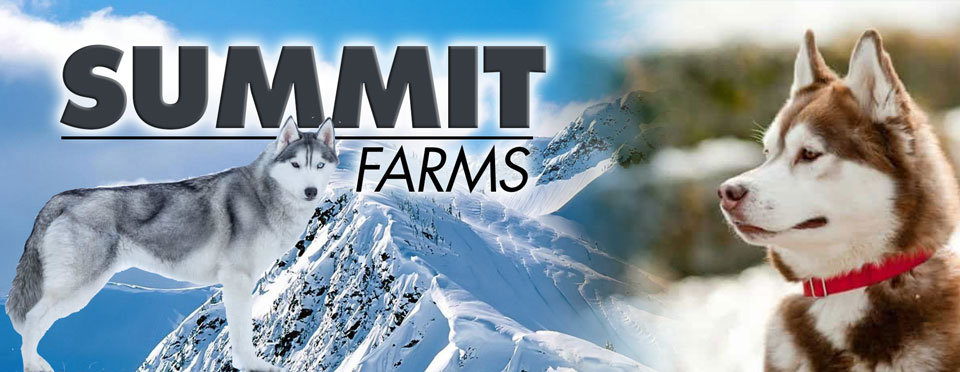
Caring for Alaskan Dogs
Alaksan dogs are intelligent, high-energy breeds loved for their outgoing temperament. Their adaptability contributes to their success as therapy dogs and family pets as well. Their thick double coats require regular brushing, especially during shedding time, once or twice a year. Alaskan dogs also require daily exercise to keep their energy under control.
Preparation
Items you will need for your new dog:
- Dog bed
- Water dish
- Food bowl
- Crate (optional)
- Dog treats
- High-quality dry dog food
- Dog toys
- Wide-tooth comb
- Large bristle brush
- Dog ear cleansing solution
- Cotton balls
- Handheld sprayer
- Bath mitt
Prepare a bedding area for your new dog. He should have his own bed, a water dish and a food bowl. If you choose to keep your pet in a crate overnight, place a bed inside the crate.
Introduce your dog to his bedding area when you bring him home. If he is overwhelmed with the new surroundings, place him in the crate for a few hours, then open the door and let him wander out when he feels comfortable.
Provide your dog with plenty of dog toys to keep him from chewing on other objects. If you spot your husky chewing on something you don't want him to have, take it away, say "No!" and replace the item with one of your dog's toys so he learns what he is and is not allowed to play with.
Training and Exercise
Enroll yourself and your new Alaskan dog in obedience classes. The younger your dog is when training starts, the more success you are likely to have. Alaskan breeds, with their high energy, can be difficult to control without proper training.
Establish a routine in taking your dog outside. If you are house-training a puppy, take the puppy outdoors after meals and naps and do not go back in until he does his business. Praise your puppy and reward him with treats to teach him that doing his business outdoors is a desirable behavior.
Take your Alaskan dog for 30-minute walks at least once a day to help work off their excess energy. If you have a puppy, walks around the yard may be sufficient at first, but you should eventually move on to parks and trails or sidewalks near your home.
Diet and Health
Feed your dog high-quality dry dog food. If you have a puppy, select a food specially formulated for puppies. Ask your veterinarian for advice about how much to feed your dog; the amounts given by the dog food manufacturer may not fit your pet's individual needs. At a year old, or when your veterinarian recommends it, your dog can begin eating adult dog food.
Keep your dog's water bowl full and refresh the water at least once a day. Large breeds such as all Alaskan dogs consume more water than small breeds. Check the bowl after meals and walks to make sure it isn't low.
Take your dog to the vet regularly for checkups and vaccinations. Your vet will provide you with a schedule for vaccinations and will tell you how often he would like you to bring your dog in. Alaksan dogs are hardy breeds, but owners should be on the lookout for eye or hip problems.
Grooming
Brush your dog's coat once a week using a wide-toothed comb or large bristle brush. These brushes are ideal for working through the thick double coats of Alaskan dogs. Weekly brushing will help to cut down on shedding and keep your dog's coat healthy.
Bathe your dog only when necessary, which should be infrequently. Bathing too often may irritate his skin. You may need a handheld sprayer to get the water to penetrate his thick fur, and a bath mitt will help you work the shampoo into his undercoat. Use shampoo formulated for dogs.
Clean your dog's ears once a week using a dog ear cleansing solution. Squirt the solution into his ear canal and massage the ear with your hands to spread the liquid. Wipe away dirt, discharge and excess fluid with clean cotton balls. Never stick anything into your dog's ear canal.
Check your dog's nails periodically and have them trimmed if necessary.